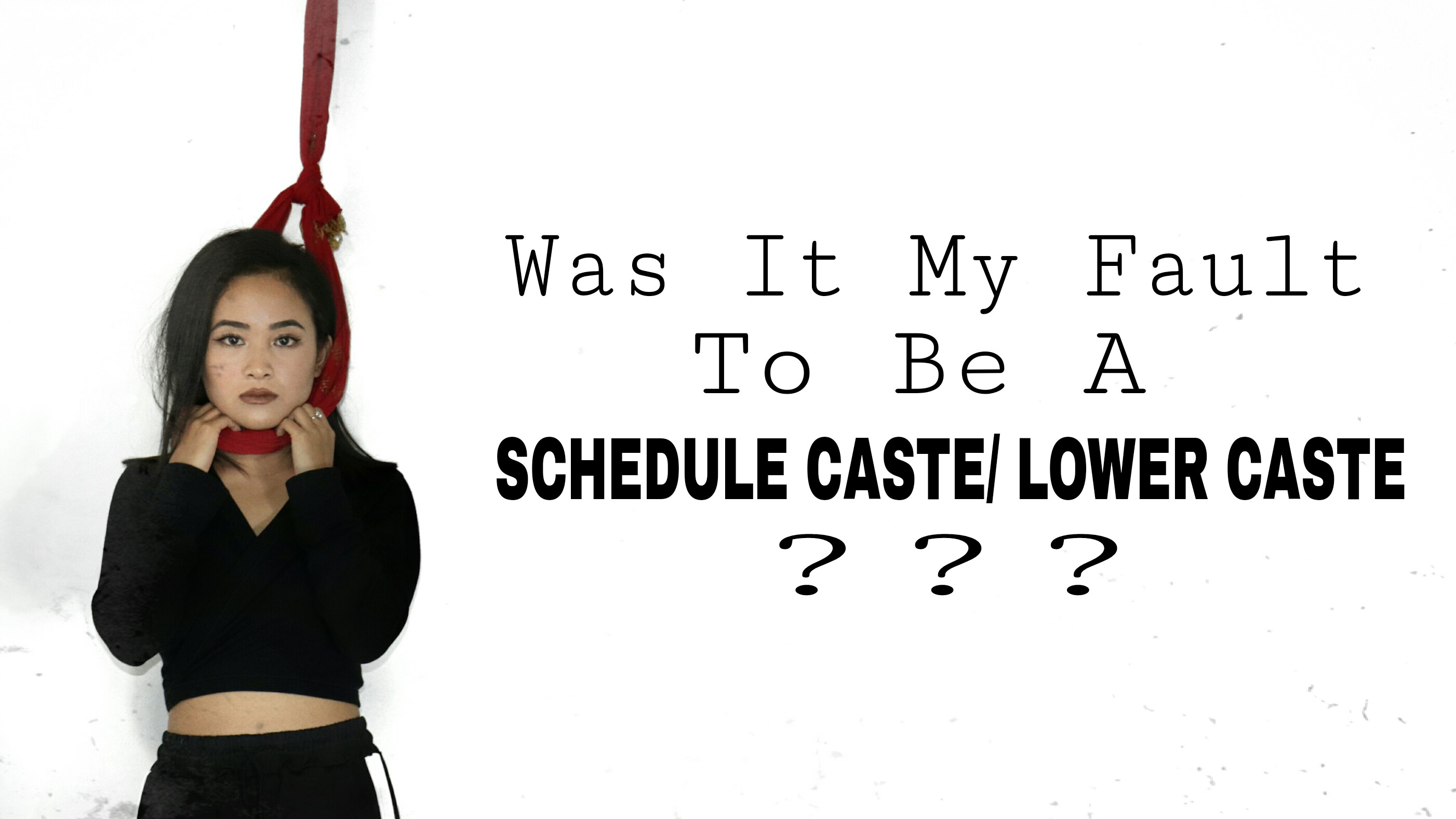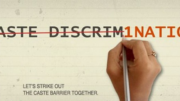The caste system is an old-age system. It is one of the main cause of social inequality in India. It has led to keeping a large portion of the country’s population backwards. India has been under the grip of the evil caste system from the ancient period.
There are several theories which have different stories about the caste system. Basically, it was the division of the society into four groups based on occupation, they were, Brahmins, Kshatriyas, Vaishyas and Sudras. The Brahmins occupied the topmost position in the social hierarchy, on contrary, the sudras occupied the lowest position and were deprived of basic human rights and dignity.
Caste discrimination is done right during birth, i.e. a person’s social status is defined on the basis of his/her caste in which he/she took birth and that is the sole criterion of establishing his/her social status. People are judged upon something that he/she didn’t choose or have no control over it.
With the advancement of time and spread of education, people realized that Caste System is not healthy for the society so many activists like B.R.Ambedkar, Raja Ram Mohan Roy sought to do away with this social evil. The constitution banned Caste System by providing a various provision against caste discrimination like Untouchability is abolished and its practice in any form is forbidden (Art. 17).
The Constitution mandates that no citizen shall, on grounds only of caste or race, be subjected to any disability and restriction (Art. 15 (2)).
It empowers the State to make provisions for reservation in educational institutions (Art. 15 (4) and (5)) and in appointments for posts in favour of SCs (Art. 16 (4), 16(4A), 16(4B) and Art. 335).
Reservation of seats for SCs in the Lok Sabha is provided under Article 330, in the State Assemblies under Article 332 and in the Local Self-Governments bodies under Articles 243D and 340T.
The Constitution guarantees protection from social injustice and all forms of exploitation (Art.46).
Several Acts were enacted by the Parliament like The Untouchability (Offences) Act, 1955, renamed as Protection of Civil Rights Act, in 1976. To check atrocities against SCs, the Scheduled Castes and the Scheduled Tribes (Prevention of Atrocities) Act, 1989 has also been enacted.
The caste system has been abolished up to some extent but not wholeheartedly. Until very recently I was very proud of people from my hometown Darjeeling as we don’t preach caste system unlike other communities in India but I was proved wrong. A guy from our very own Darjeeling humiliates me on the basis of my caste as I happen to be ‘Damai’. It’s a big shame that even in the 21st century when human society has so much progressed scientifically that people are planning to buy lands on planet Mars, Indian society believes in the caste system.
India cannot become a truly developed country if it fails to abolish this discriminatory practice based on caste. The biggest problem in removing this menace from the society is the general social acceptability of the same. Until and unless this changes no hope is there. Because the law can provide protection from exploitation but it cannot bring an attitudinal change in so-called upper castes.
United we stand, divided we fall. Caste plays only one role, i.e., the role of dividing you and me. Remember there is only one caste and that is the caste of humanity.
Writes – Raksha Pariyar



Be the first to comment on "Cast the Caste System"